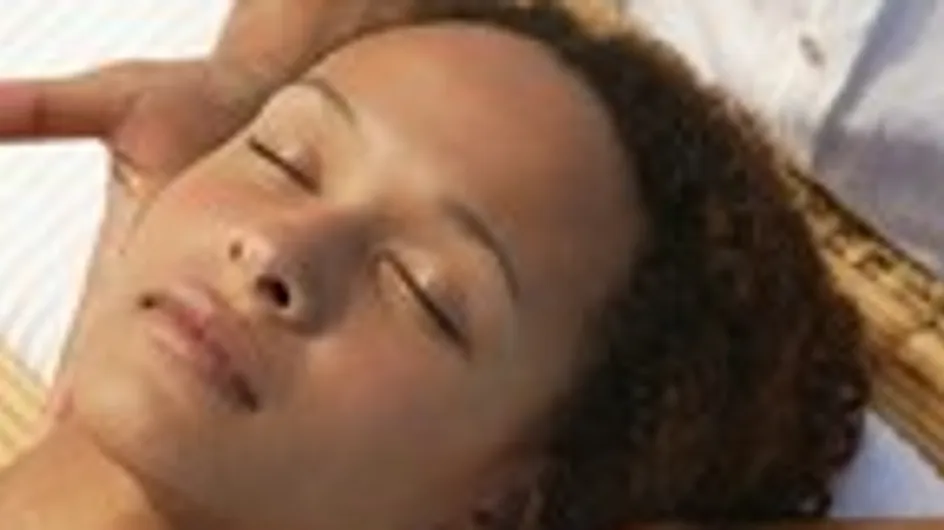Deriving from the oldest medical system in human history, Ayurveda redresses both physical and mental balance. In India, it’s country of origin, Ayurvedic massage is a ritual that hasn't changed over the years: everyone, whatever their age or state of health, has it at least once a week to maintain their general well-being. Indian head massage is also a part of Ayurvedic massage.
Origins
Ayurvedic massage comes from Ayurveda traditional Indian medicine. Like yoga, meditation and natural products and plants, it is one of many techniques that make up Ayurveda, a 5000-year-old medicine still practised today and recognised by the World Health Organization.
Like traditional Chinese medicine, Ayurveda believes that the body and mind are closely linked, and views them being at one. It believes there is a 'breath of life', called Prâna that flows through our bodies, like an energy flow; when disturbed, particularly by stress or unhealthy habits, the body suffers from many problems (headaches, transit problems, pain, general malaise and poor health).
By applying pressure and other movements on certain parts of the body, massage aims to restore the flow of the ‘breath of life.’ A dozen types of massage exist and are specially chosen for each person's needs. The most common is Abhyanga.
Practice
Ayurvedic massage uses hot oil, usuallly sesame oil, sometimes combined with other oils.
The technique consists of stimulating the Marma, energy points through which the Prâna moves, using pressure, light touch and massage to rebalance organ functions.
From the feet to the hairline, each area is massaged in turn, taking into account the various elements that they are made up of; air, water and fire, organised into three systems: vata (nervous and hormonal systems), pitta (enzyme and digestive system) and kapha (fluids).
Ayurvedic massage uses tonic movements alternated with relaxing movements to provide both relaxation and energy.
Benefits
Ayurvedic massage is an all-over technique that relaxes, gets rid of nervous tension, eliminates stress and helps you sleep. By restoring blood flow, it can also drive out toxins caused by poor nutrition and pollution. It's an energetic massage that recharges the batteries and also helps prevent many health problems.
The sesame oil used is high in linoleic acid, iron, phosphorus, magnesium, copper and calcium, so not only is it good for the skin: it also has a positive effect on nerve cells.
As a preventative technique, traditional Ayurvedic massage should be part of a healthy lifestyle alongside a balanced diet, yoga, breathing and meditation.














